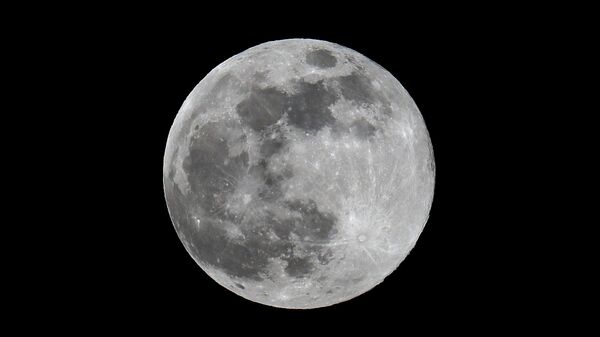Astronomers at Arizona State University have reported that they managed to identify the approximate spot on the moon's surface where the Chinese communications satellite Longjiang-2 crashed on 31 July. According to Mark Robinson, chief of the team working with NASA's Lunar Reconnaissance Orbiter Camera (LROC), the satellite landed in the Van Gent crater.
In order to determine its location, his team compared two photos made by the LROC before the crash on 3 July and afterwards on 5 October. Analysis of the two shots revealed a change in the Moon's terrain, which is now marked by a new 4 by 5-metre mini-crater, which apparently appeared at the spot where the Chinese satellite had crashed.
Local de Impacto do Satélite Chinês Longjiang-2 É Encontrado na Lua Com Imagens da LRO
— Alexandre H.L. Porto (@xandaolp) November 20, 2019
Créditos das imagens: NASA/GSFC/Arizona State Universityhttps://t.co/61uydBsLVn via @SpaceToday1 pic.twitter.com/VAnm4w5hgL
The Longjiang-2 was launched by China in May 2018 and was supposed to function in conjunction with the Longjiang-1satellite for about a year, but kept functioning for an additional two months before finally crashing from orbit around the Moon. The two satellites were testing low-frequency radio astronomy observations technologies developed by China.
China started its lunar exploration programme back in 2003, but has recently made some major breakthroughs. Namely, Beijing launched the first drone to the far side of the Moon, which has remained relatively unexplored. The drone successfully landed in January 2019, conducted studies of the surface, and carried out some experiments.
In addition to this, Beijing is considering to send its first manned mission to the Earth's natural satellite by 2030.





